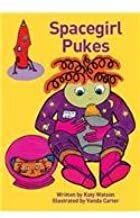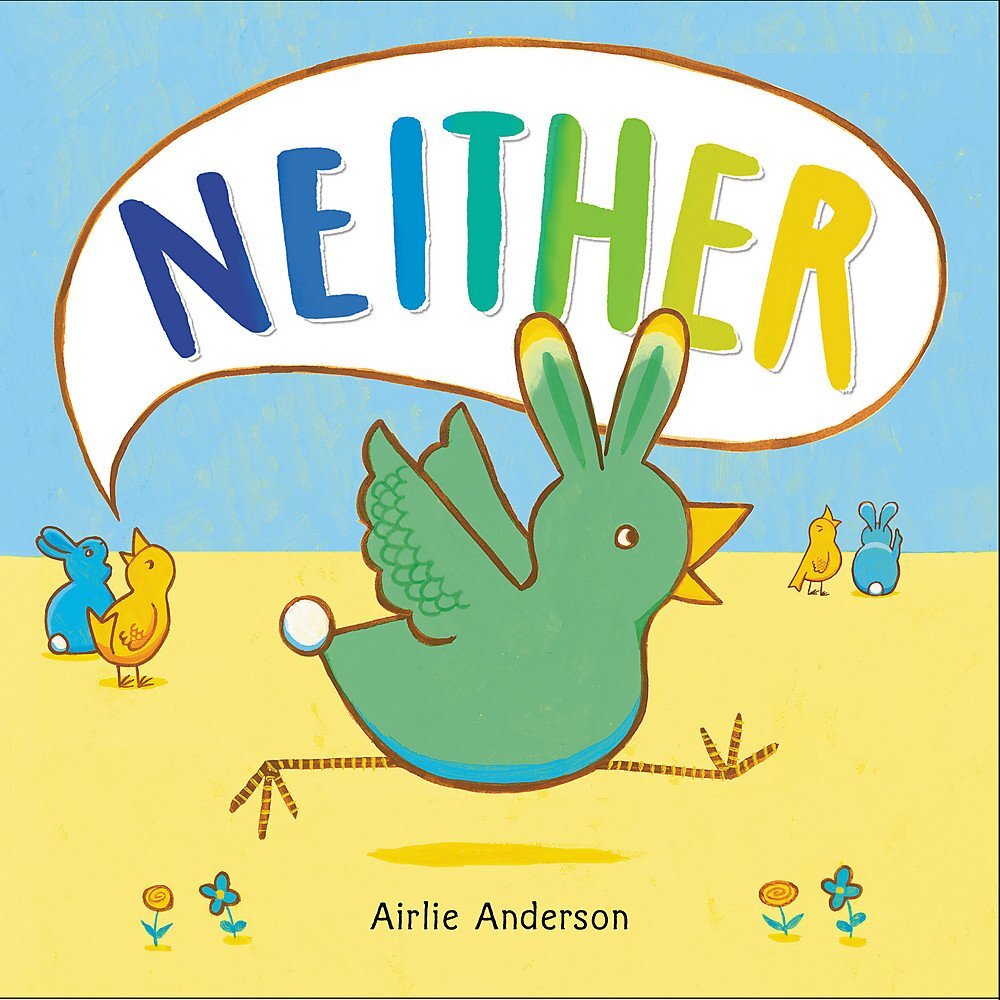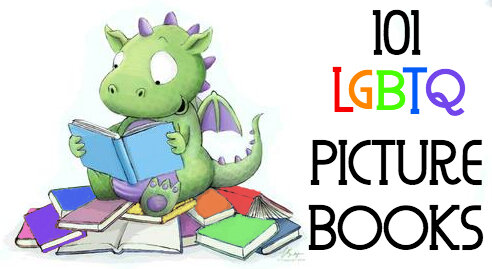101 fabulous LGBTQ picture books to read with kids!



































































Explore the list!
I compiled this list of LGBTQ books for any educator, librarian, or parent looking to add some LGBTQ inclusive books to their library. There aren’t that many LGBTQ books out there, but that is changing, often propelled by LGBTQ folks that want more representation for their own children and librarians, teachers, and parents like you who are committed to diverse books! With so many new books coming out (pun intended), it can be overwhelming to choose which to add to your collections.
This books list is organized into the following categories:
“Top 10,” “Queer Love Stories,” stories featuring “Gay Parents,” stories with “Gender Queer and Trans” protagonists, “Gender bending” protagonists, and “Informational Books.”
My hope is to create a tool to help anyone looking for a nice LGBTQ picture book find exactly what they need!

Diverse representation in picture books matters!
Snapshot of current research on picture books:
Research has shown that picture books promote norms and societal expectations or validate minority experiences and therefore, authentic representation is critical for any library’s picture book collection (Aronson 2017, Hateley 2011, Capuzza 2019). Often, having an “own-voices” author--an author from the community that the book is written for--is used as a shorthand for authenticity.
Keep in mind that no book, with or without an “own voices” author, is a perfect representation of “the LGBTQ experience.” There are too many experiences under that umbrella.
Therefore, instead of agonizing over the potential representativeness of a single diverse book, consider buying books that show a range of experiences (Aronson 2020). Any book can be used as a teaching tool with proper conversation; don’t be afraid to analyze the flaws of a story with your kid(s).
We know that it is critical for kids’ identity formation to see themselves represented in books in an authentic way (Aronson et al 2017, Capuzza 2019). For children that belong to the minority depicted, diverse books function as “mirror books” and can build self esteem and significance in kids and the absence of these books (or books that disseminate a single story or stereotype) can further marginalize minority children (Aronson et al 2017).
Another, equally important function of diverse books is as “window books.” Window books give young readers a glimpse of other ways of living and build curiosity and empathy (Aronson et al 2017). We know that children ages 3-7 are the most racist, sexist, ableist, etc because they absorb the messages from our media, from their own observations of disparities, from all their interactions, and they are deeply concerned with being “normal” (Aronson 2020, Capuzzaa 2019). Therefore, it is important to provide them with minority-inclusive messages that disrupt racist, ableist, sexist, etc thinking.
